An Introduction to the Perception of Reality
Born and being raised in the Indian subcontinent is among the optimal ways to experience life. It does not mean people elsewhere do not. The differences exist with the levels of ignorance. The very notion of ignorance itself is a topic of discussion. Did that sound amusing? I am sure it would have been. Years ago, when I was trying to comprehend this very thought, it certainly amused me. It does require time, following certain practices and seeking divine blessings to perceive such notion. Make sure you read the rest of this blog.
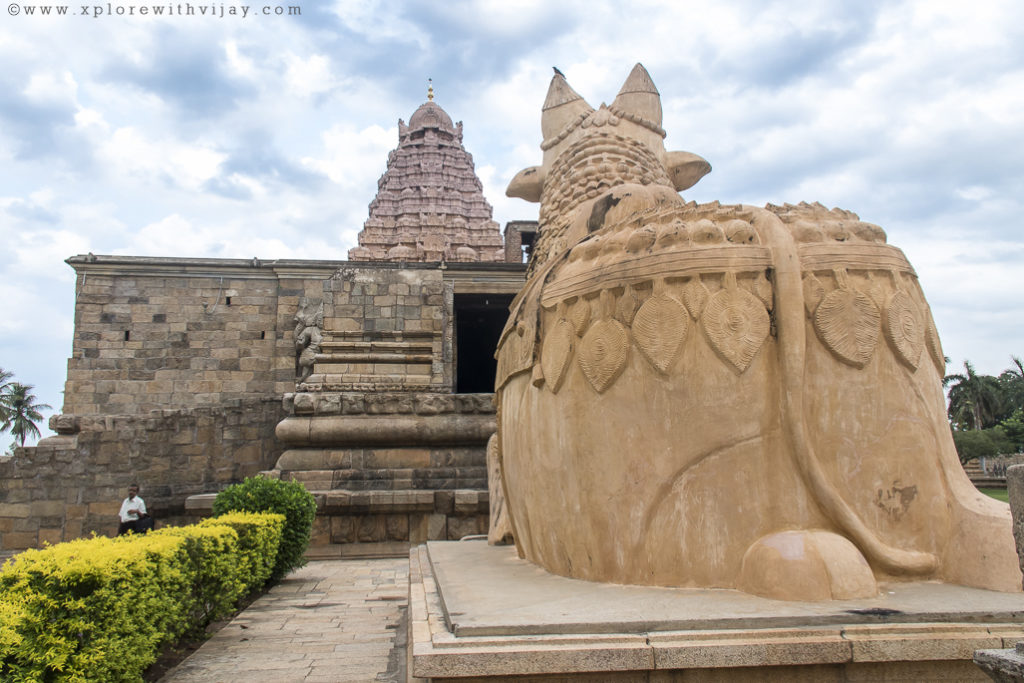
When I say experiencing life, it does not refer to the physical experience. Rather something that enlightens the purpose of one’s physical existence. To make it sound much simpler, a physical experience is anything that the modern/western education and a reformed society has urged upon us. Nothing controversial here. It’s just the way we have been taught to lead our life. It is okay to pursue them for the sake of survival in this so called technologically advanced era. However, too much inclination to it defeats the very purpose of this powerful human life form. Among all the life forms on the planet, the human form is the most intricate! A topic on human life form is an enormous phenomenon. There will be a separate blog uncovering the very purpose of this human life form, for it will require a dedicated space on my website!
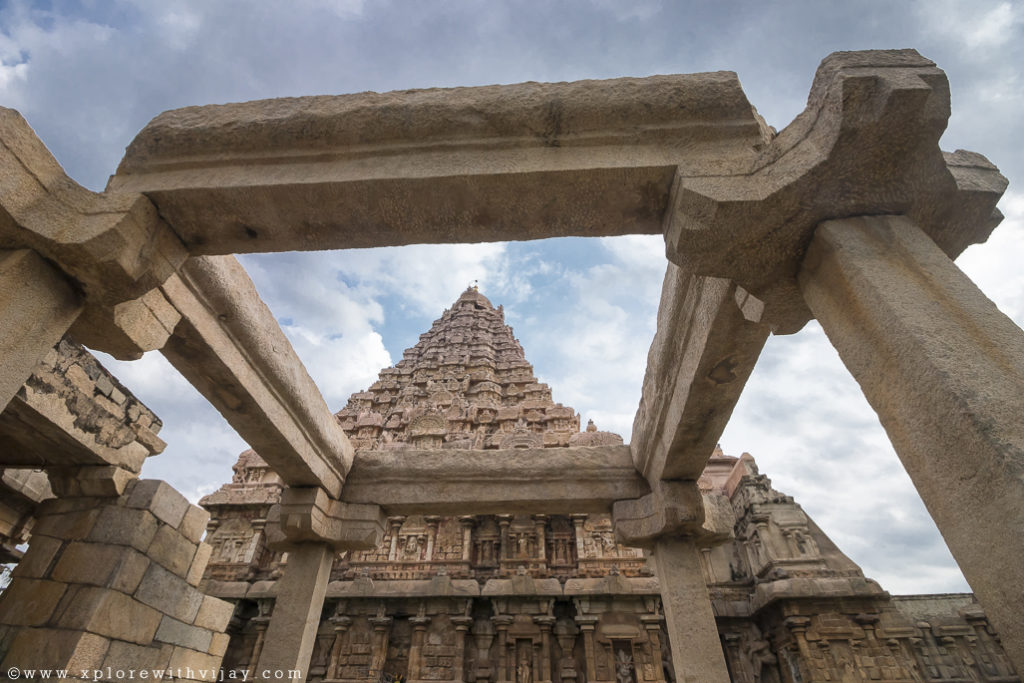
Oldest Cultural System
Let’s narrow down to the subject matter of this article! Among the various religions on the planet, Hinduism is known to be the oldest. Hinduism is an amalgamation of diverse Indian cultures and traditions attributing to a broad range of philosophies. Among the many philosophies is the art of building a temple. A temple is a symbolic structure to express objectives and perspectives of Hinduism. With such an incredible art, the many kingdoms and dynasties that ever existed in the Indian subcontinent, has always aroused interest among the curious minds. Alongside the administrative and authoritative powers of each of these kingdoms is their fascination for the design and construction of temples. Each dynasty portrayed build patterns unique to their time of existence. However, the most elaborate and intricate patterns alongside seamless execution of massive engineering marvels were introduced by the Chola dynasty. It is awe-inspiring to even think about the massive scale of operations and workmanship of the temples built by the Cholas.
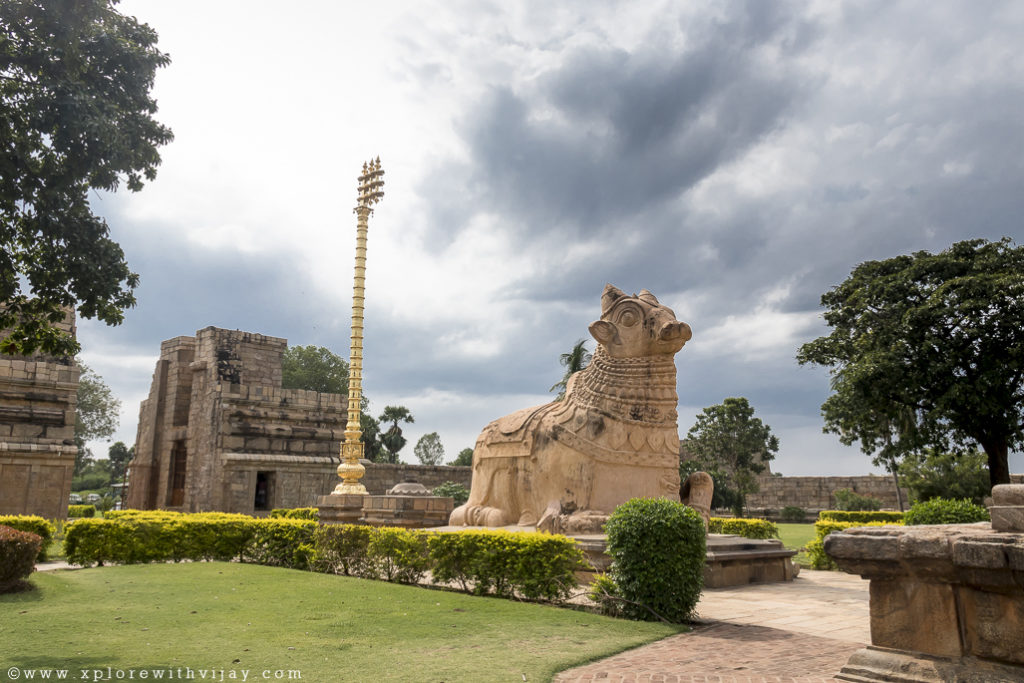
Dawn of Supremacy and The Love for Arts and Culture
Dating back to the 10th century and up to the beginning of 13th, spanning a period of whopping 250 years, the Chola dynasty is the longest-ruling dynasty in the history of southern India. Known for its military and cultural powerhouse, the entire peninsular India was united during the reign of Medieval Cholas with Thanjavur in Tamilnadu serving the capital city.
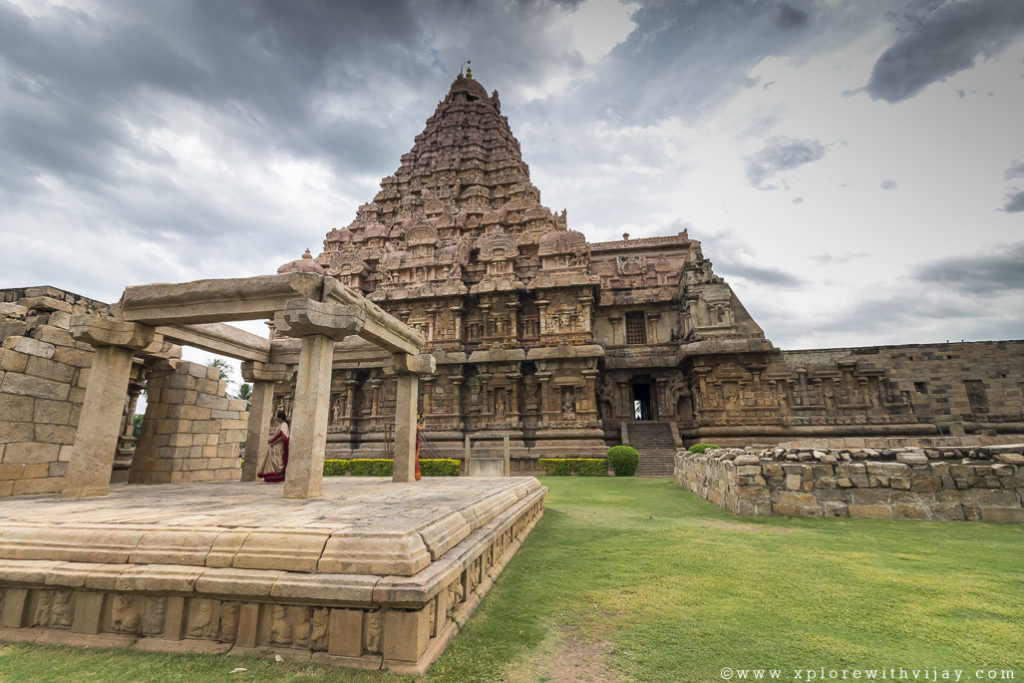
Of the many fascinating facts inferred by the inscriptions at temples, the one aspect we can relate to with the modern world is the practice of democracy. We, the Indians, must be proud of the fact that a socially accepted democratic proceedings were first practiced more than a thousand years ago. Elsewhere on the planet, it was centuries later. Arulmozhi Varman, the third child of Sundara Cholan, was elected through a democratic process to the lead the kingdom. His elder brother, Aditya Karikalan, was assassinated in a mysterious circumstance. Uttama Chola succeeded him to the throne. Arulmozhi Varman, then, took over the realms after the death of the former. With his elder sister, Kundavai, assisting him with administrative tasks, he went on create a powerful military regiment. He conquered and expanded the Chola rule beyond the boundaries of Southern India.
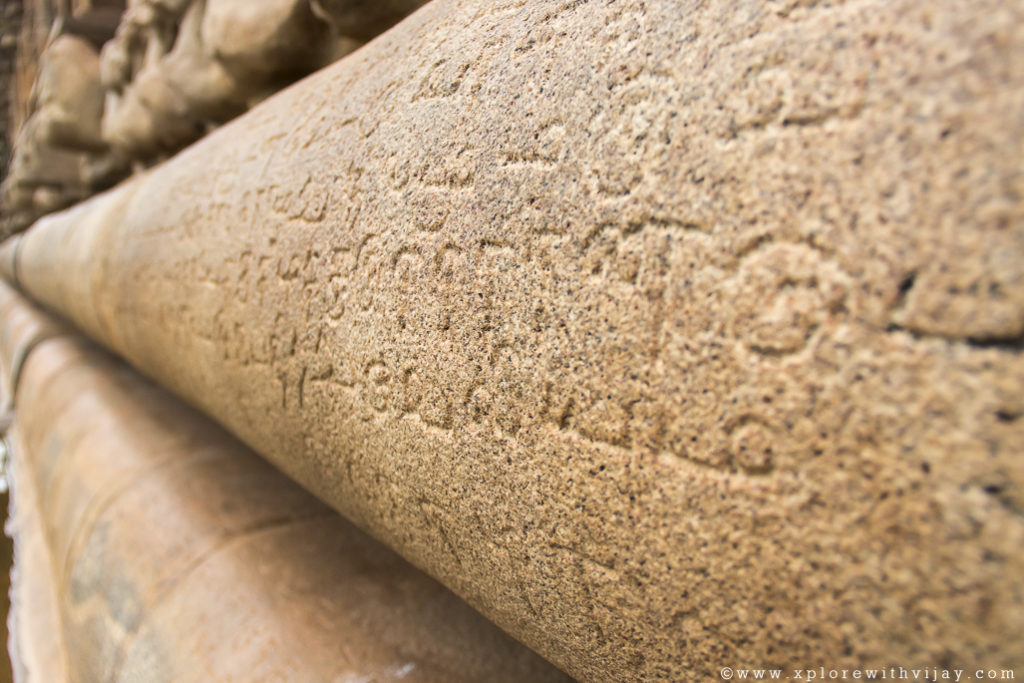
With the peninsular India under the rule of the Cholas, he had successful campaigns to the Sri Lanka and stretching up to present day Malaysia, Thailand and Indonesia in the east. Towards the west, it was the island nation of Maldives. Leading this supreme authoritative reign of the Cholas, Arulmozhi Varman, was conferred with the adopted name Raja Raja Cholan I. The verbiage Raja Raja refers to “King of Kings” and why shouldn’t he be that granted such a prestigious title. A predominant follower of Shaivism, he engineered the architecture of the impressive Brihadisvara temple in Thanjavur dedicated to Lord Shiva. The entire temple structure is carved out of granite. The intricate carvings and elaborate patterns are some of the finest examples of Dravidian architecture.
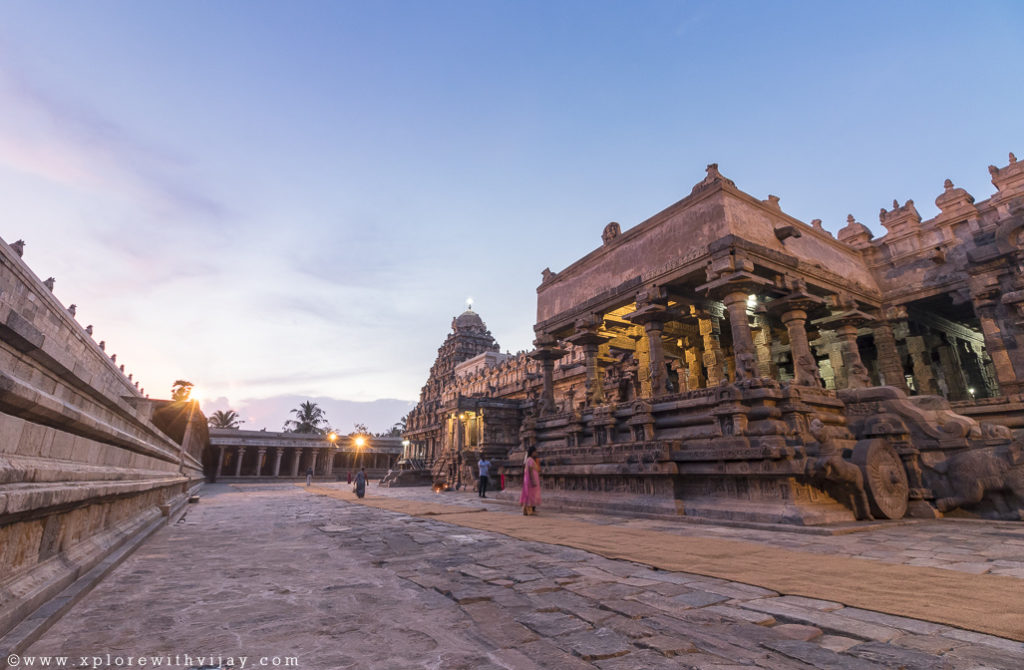
Pride of Chola Reign and a New Capital City
His warrior son, named Rajendra Chola I, succeeded him and is among the greatest emperors of India. It was during his reign; among the many triumphs, the Cholas extended their supremacy towards the north, up to the river Ganga. With such a powerful foothold, the Chola empire was the most powerful empires of India at that time.
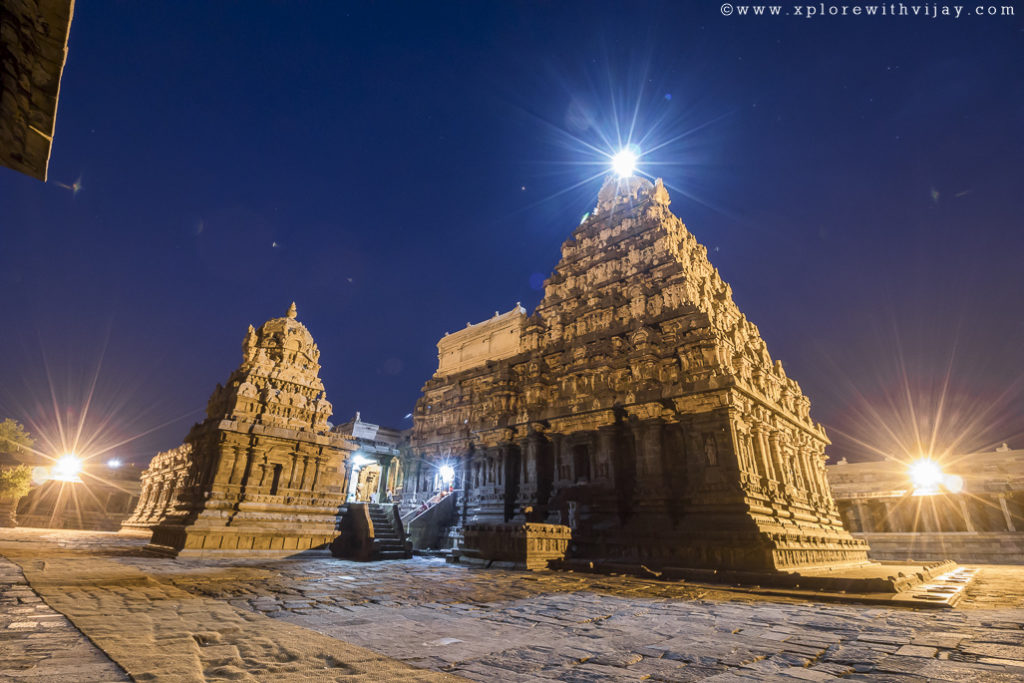
To commemorate this victory, Rajendra Chola envisioned a new capital city called Gangaikonda Cholapuram and built a massive Shiva temple that resembles the famed Brihadiswara temple in Thanjavur built by his father. In essence, the Brihadiswara temple at Gangaikonda Cholapuram is a miniature version of the impressive Brihadiswara temple at Thanjavur. The verbiage Gangaikonda Cholapuram means the town of the chola that defeated several kings en route river Ganga and emerged victorious. Upon return, the victorous Chola regiment poured the water obtained from the river Ganga into a well of this temple, and the emperor of the Chola ordered the kings of the defeated empires to follow the same procedures at this new capital city of the Chola dynasty. Another significant implementation was a large man-made lake filled with the waters of holy Ganges. Sadly, much of it has disappeared now.
The lasting legacy of the Chola dynasty and their pioneering zeal for arts and culture will continue to inspire the many upcoming generations and will always be etched in the memories of curious historians and alike.
Though the Chola reign was supreme on many fronts, there are mysteries surrounding the many aspects. Some of them include the how and what of construction of the Brihadiswara temple, the people involved, reasons for their decline, and many more. I am looking forward to learn and decipher the aspects clouded by such mysteries.
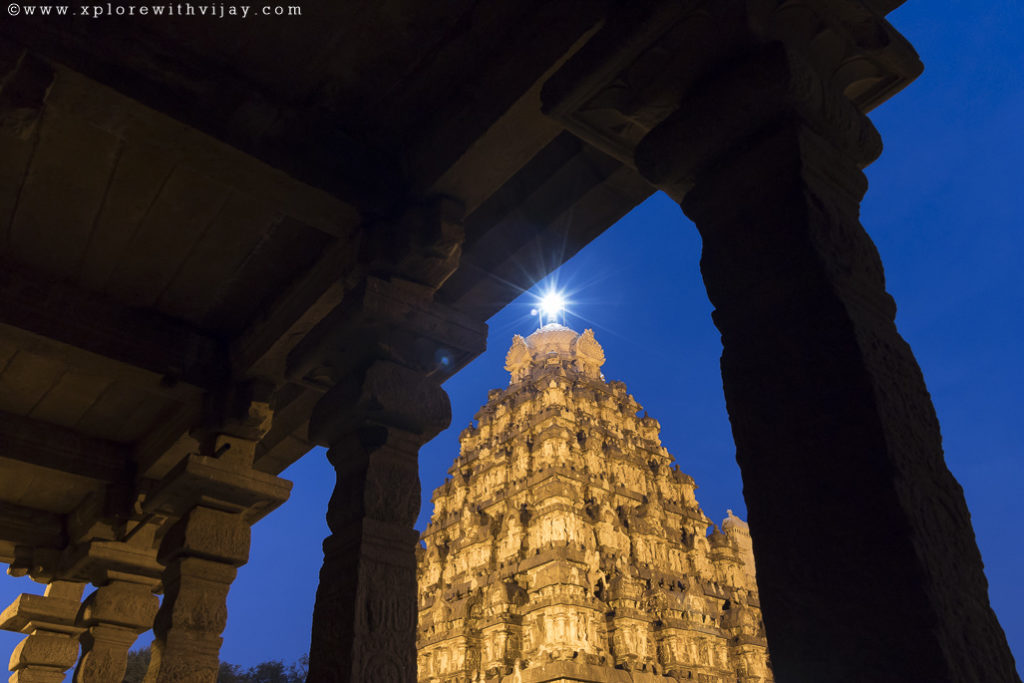
To be continued…
Do checkout part II of this series here!
Feel free to share this blog with friends. Hit any of those social media icons on your screen to share this blog!
And, do subscribe to my travel blogs at https://www.xplorewithvijay.com, So you don’t miss out on fascinating travel stories and photographs.

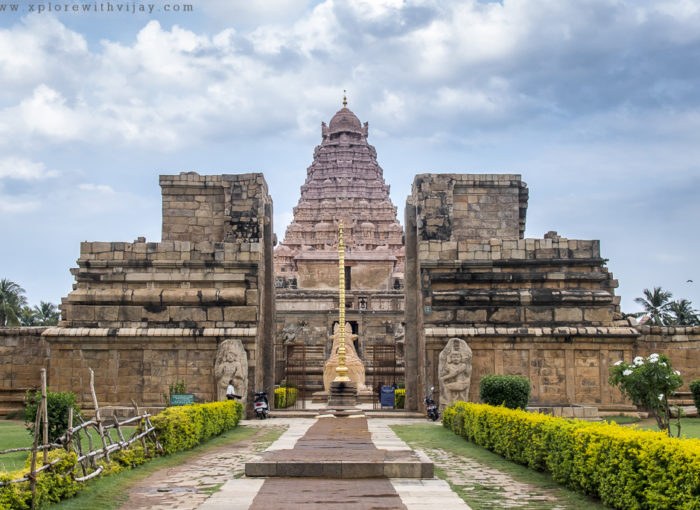
very unique angle shots. well done!!
Thank you very much! I’m extremely glad to receive such feedback! 🙂